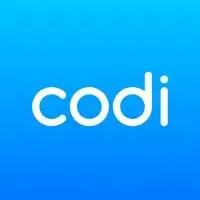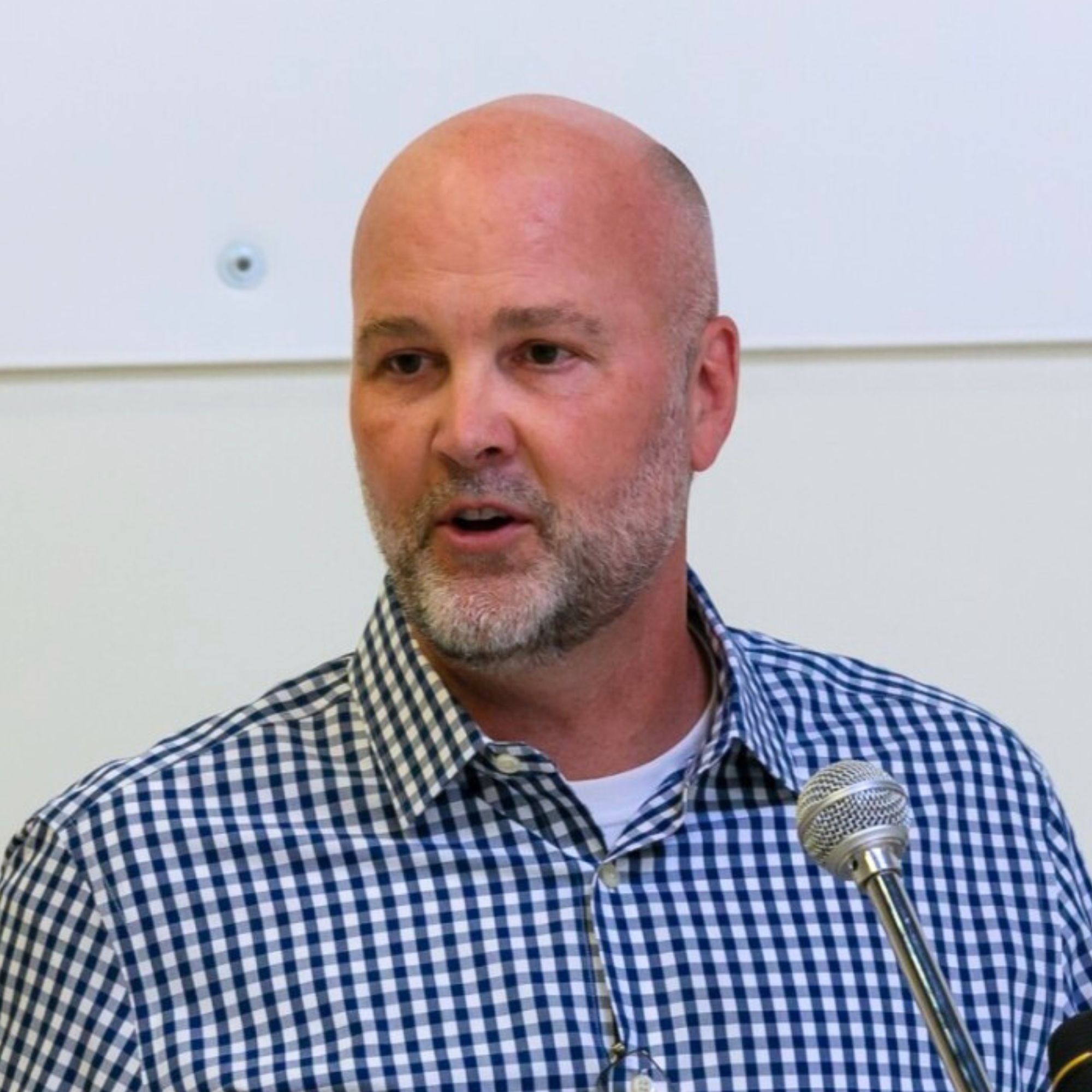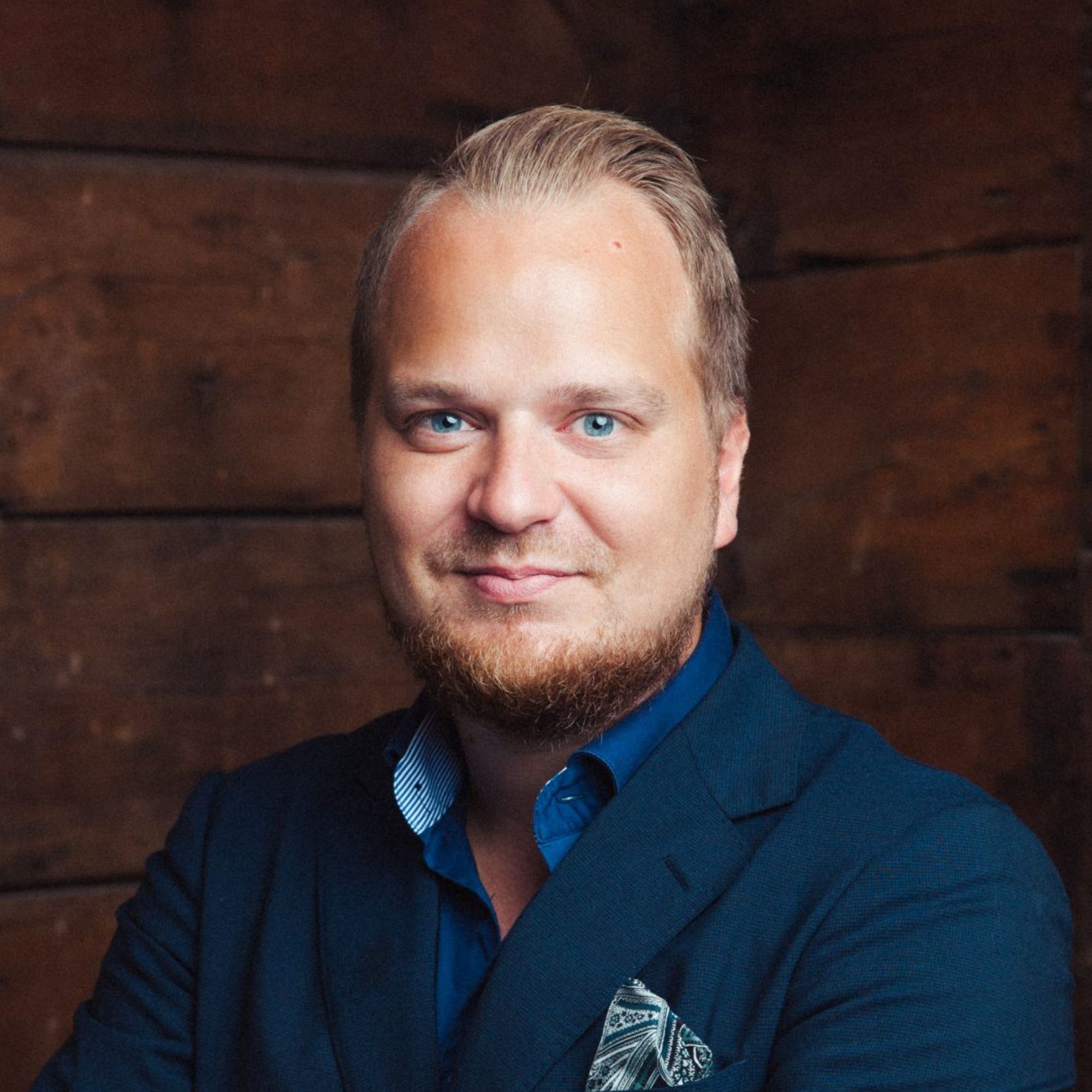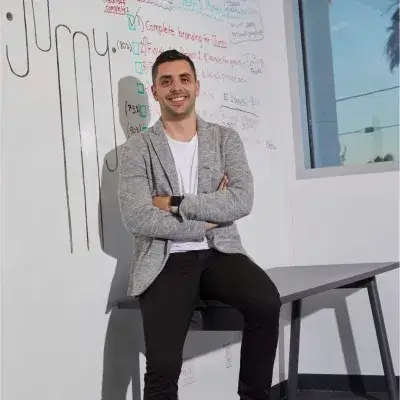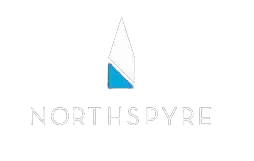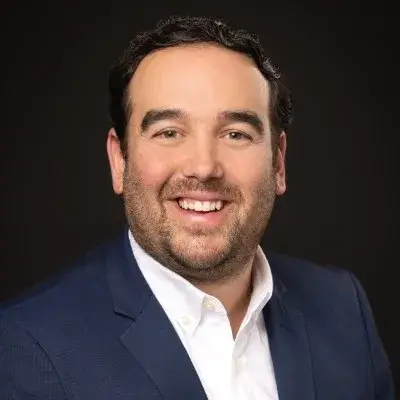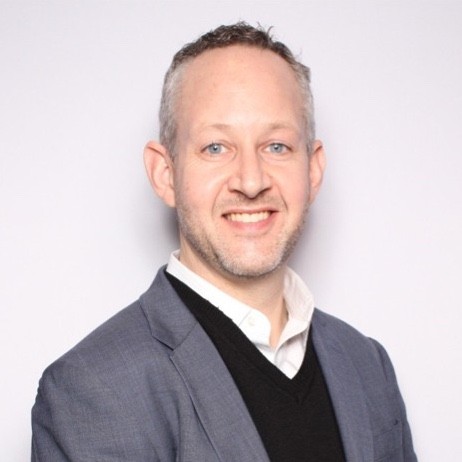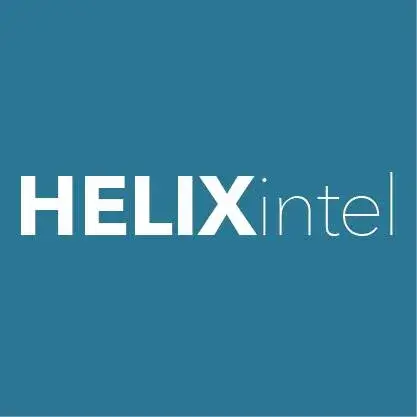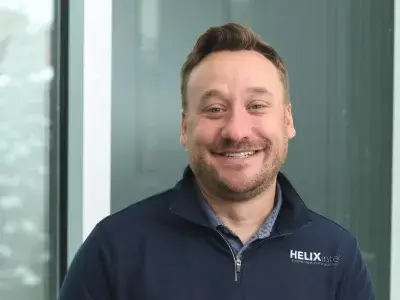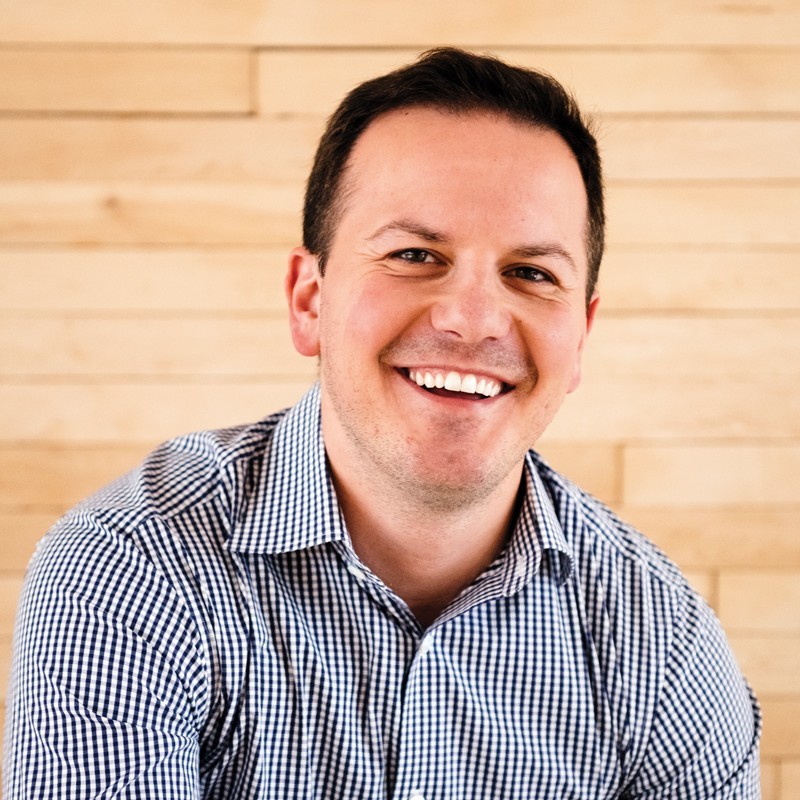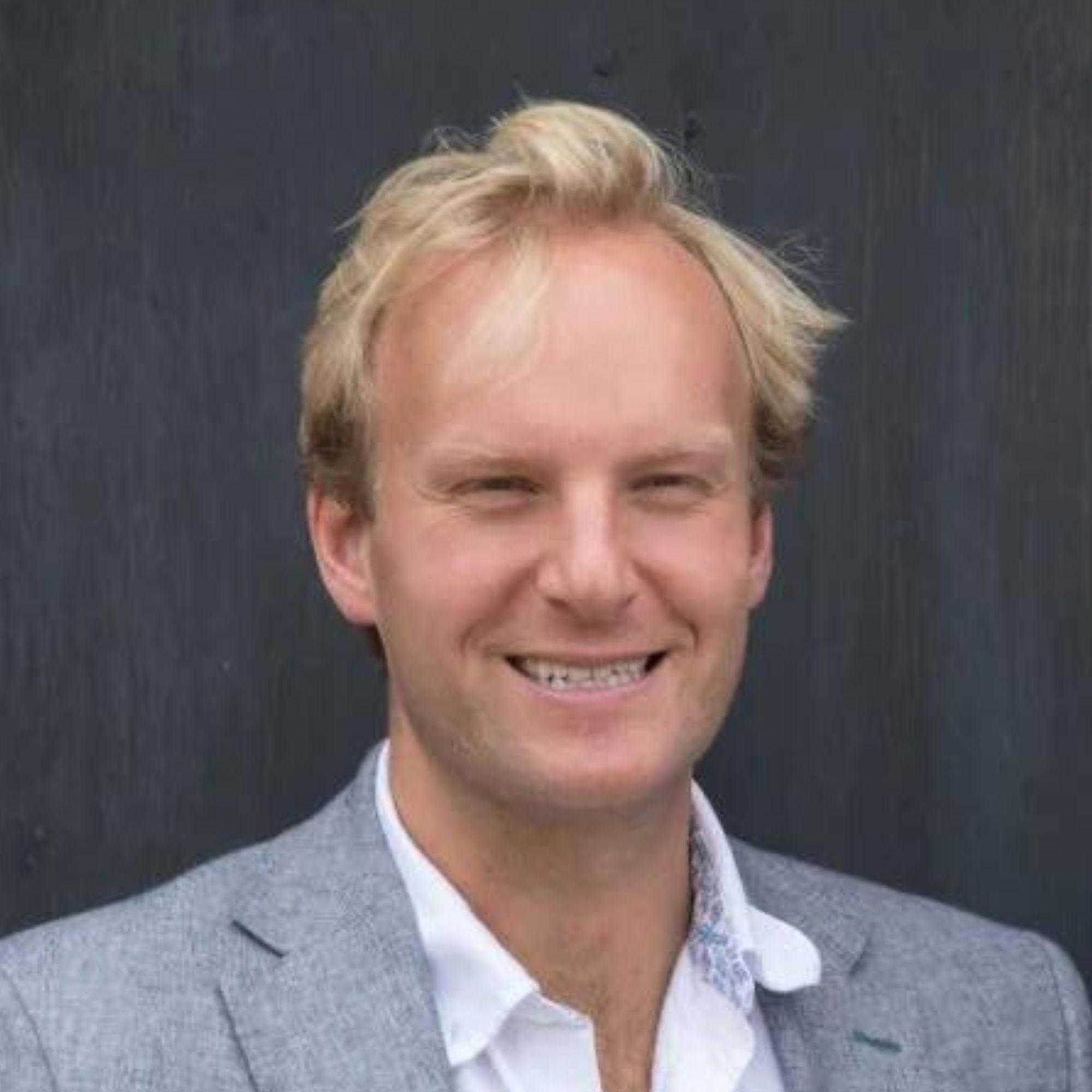Ready to launch your own podcast? Book a strategy call.
Frontlines.io | Where B2B Founders Talk GTM.
Strategic Communications Advisory For Visionary Founders
Conversation
Highlights
Why This Insurtech Founder Says You Should Skip Reading Business Books and Go Straight to Industry Manuals
Most startup advice follows a predictable pattern: understand your customer, iterate quickly, and stay close to the market. But in a recent episode of Category Visionaries, Tensorflight co-founder Robert Kozikowski shared a refreshingly different take on building an AI-powered insurtech company: skip the startup advice books entirely and go straight to the source.
When asked about influential books in his entrepreneurial journey, Robert’s answer was unexpected: “The book is underwriting commercial property… you look all of the startups advice and they say you have to really understand your customer, but you should be reading a book about understanding your customer, not the book telling you that you need to understand your customer.”
This practical approach to understanding the insurance industry exemplifies Tensorflight’s broader strategy of solving deep technical problems through direct customer engagement rather than following conventional startup wisdom.
Finding Product-Market Fit Through Technical Evolution
Tensorflight’s journey to product-market fit illustrates how technical startups often need to evolve their core technology application rather than the technology itself. Starting in 2016 amid the drone hype cycle, the company initially focused on drone imagery analysis for agricultural applications. However, they quickly discovered a fundamental scaling problem.
As Robert explains, “If you apply AI, you’re kind of making money on scale. And the problem with drones is that there were just too few drone flights, too much challenges with drone flights to really make it that computer vision startups would succeed.”
This realization led to a strategic pivot – not away from their core computer vision expertise, but toward a different data source and market application. “We moved to satellites and also working with insurance, a few other industries. And over time from a few industries we’re working within satellite analytics, we kind of cut down to just insurance.”
The Customer-Driven Product Development Myth
While many startups claim to be customer-driven, Tensorflight took this principle to an unusual extreme. “We’re joking that our product management department is our customer underwriter,” Robert shares. “We only recently seriously took the stuff like roadmapping because previously it was like just ask what they need improved and were just improving what they told us.”
This approach proved particularly effective in the insurance industry, where the problems are well-defined but technically challenging to solve. According to Robert, “What we’re solving is a problem that existed in the industry for years. But it’s kind of very hard because there’s so many corner cases with buildings, with underwriting.”
Accelerating Enterprise Sales Through System Optimization
Perhaps most notably, Tensorflight developed a systematic approach to reducing enterprise sales friction. Rather than accepting the traditional year-long sales cycle as inevitable, they methodically addressed each bottleneck: “We get some security certificate like ISO 27, one that kind of cuts down on the IT assessment… we standardize the agreement, we have a few options… we have some tools built for evaluation process.”
This systematic approach to sales optimization helped them secure relationships with three of the five largest commercial property insurers in the US, demonstrating how deep tech startups can successfully navigate enterprise sales cycles without compromising on technical excellence.
The company’s experience offers a valuable lesson for technical founders: while building sophisticated technology is crucial, success often comes from finding the right application and systematically removing barriers to adoption rather than continuing to add technical capabilities. As Robert notes about their journey from 2017 to 2021, “It was working with customers, refining the solution to the level that it can scale automatically.”




